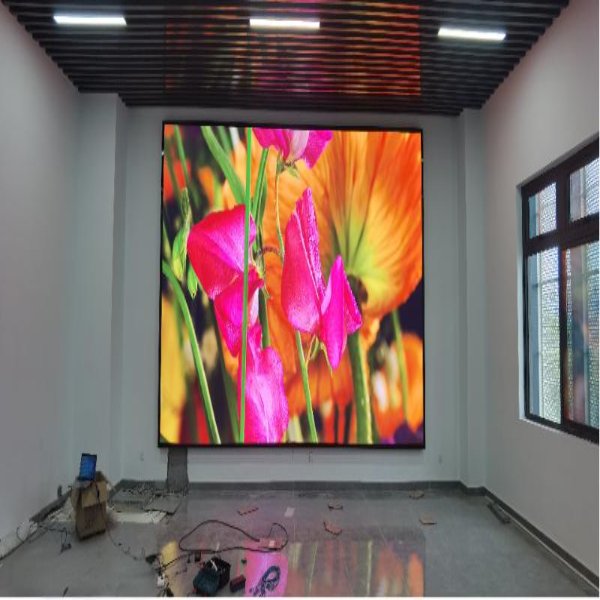

As a leading innovation in modern display technology, the specification parameters of LED large screens directly influence their display performance, application suitability, and overall user experience. This article provides a detailed overview of the primary technical parameters of LED displays and compares them with other display technologies to better highlight the unique advantages of LED solutions.
1. Resolution
Resolution measures the clarity and detail of an image, expressed in pixels. LED screens come in various pixel pitches—such as P2, P3, P4, and P5—where a smaller pitch offers higher pixel density, resulting in sharper images. Smaller pitch screens are ideal for short viewing distances, while larger pitches are more cost-effective for long-distance viewing.
2. Brightness
Measured in nits, brightness defines the luminance of an LED screen. Typical LED displays range from 500 to 5000 nits, adapting to indoor or outdoor environments. High-brightness displays remain visible even under direct sunlight, whereas lower-brightness versions are suitable for indoor settings like conference rooms and malls.
3. Refresh Rate
The refresh rate, measured in hertz (Hz), indicates how many times the screen updates per second. Standard refresh rates range from 60 Hz to 3840 Hz. A higher refresh rate minimizes motion blur and screen flicker, which is especially important in video playback or live event broadcasting.
4. Color Gamut
Color gamut refers to the range of colors a screen can reproduce. LED displays generally support a wide color gamut, making visuals more vivid and lifelike. The broader the gamut, the more accurate and immersive the content becomes.
5. Contrast Ratio
Contrast ratio compares the brightness of the screen’s lightest white to its darkest black. A high contrast ratio enhances image depth and detail, creating a more dynamic and realistic visual experience.
1. Energy Efficiency and Sustainability
LED technology consumes significantly less power than traditional display systems. With low power consumption and high brightness efficiency, LED screens support energy conservation while maintaining display quality.
2. Superior Visual Performance
Thanks to their vibrant color reproduction, high brightness, and dynamic responsiveness, LED screens outperform LCDs and projectors in many commercial applications—from digital signage and concerts to exhibitions and control rooms.
3. Flexible Installation Options
The modular architecture of LED screens allows custom shapes and sizes for diverse setups. Whether curved, seamless, or floor-mounted, LED panels can be easily configured for indoor and outdoor use.
4. Long Lifespan and Reliability
LED modules typically offer a lifespan exceeding 50,000 hours. This long operational life reduces maintenance needs and ensures consistent performance over years of usage.
With high-definition visuals, energy efficiency, and customizable configurations, LED large screens have become a core technology in modern visual communication. As LED technology continues to evolve, its application will expand across industries—from retail and entertainment to transportation and control systems.
PREVIOUS:LED Video Walls for Trade Shows
Tel:+86 18154088119
Email:inspurled@gmail.com
Add:Block B, E-commerce Building, Huguang Road, Shushan District, Hefei, Anhui Province, P.R., China
We chat
